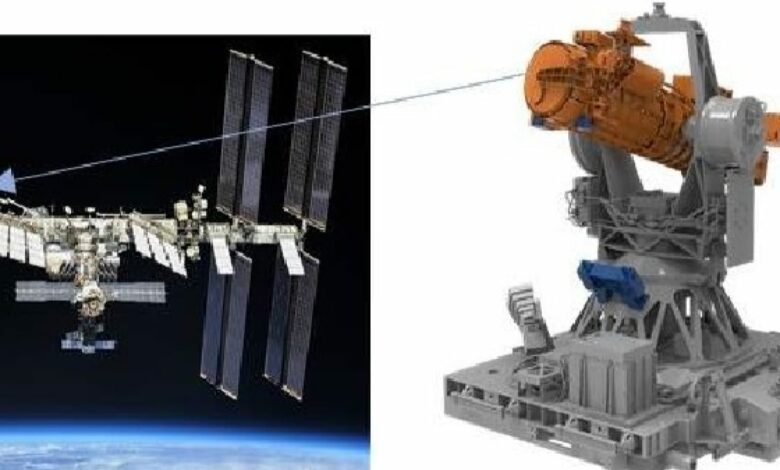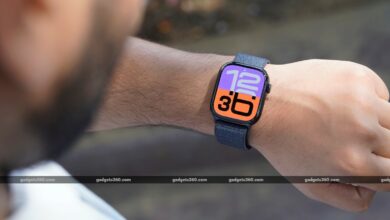South Korea is working with NASA to send a solar energy research instrument to the ISS

The South Korean space agency announced plans on Friday to launch a solar coronagraph to the International Space Station (ISS) in collaboration with NASA. Developed as part of the Coronal Diagnostic Experiment (CODEX), this instrument is intended to observe and collect data on the Sun’s corona and solar wind, as well as on the stream of charged particles flowing from the Sun’s outer atmosphere. The CODEX device is expected to launch aboard SpaceX’s Falcon 9 from the Kennedy Space Center in Florida on Monday, as reported by Yonhap News Agency.
Bilateral project to investigate the solar atmosphere
The CODEX project represents a very important collaboration between Korea Aerospace Research Institute (KASA) and NASA, with CODEX marking a breakthrough achievement as the world’s first coronagraph equipped to measure temperature, speed and density within the solar wind. Once aboard the ISS, CODEX will be mounted on the station’s express logistics carrier, allowing approximately 55 minutes of solar observation in each 90-minute orbit around Earth. These data are expected to increase researchers’ understanding of the solar wind, potentially helping to predict space weather.
South Korea’s extensive cooperation with NASA
In addition to the CODEX project, South Korea and the United States have broadened their partnership in space exploration. KASA and NASA signed a declaration of cooperation focused on research initiatives including the Artemis lunar exploration program. KASA’s involvement in the Artemis project includes studies on sustainable lunar exploration and progress in preparing for missions to Mars. With this agreement, South Korea becomes the fifth country to officially collaborate with NASA on such initiatives.
Pioneering studies and technological advances
Under this agreement, South Korea and the US will collaborate on a variety of feasibility studies related to lunar landers, as well as improvements in communications, navigation and astronaut support systems. In addition, the joint efforts will focus on lunar surface science, autonomous power, robotic systems and cis-lunar space operations – the region between Earth and the moon.




